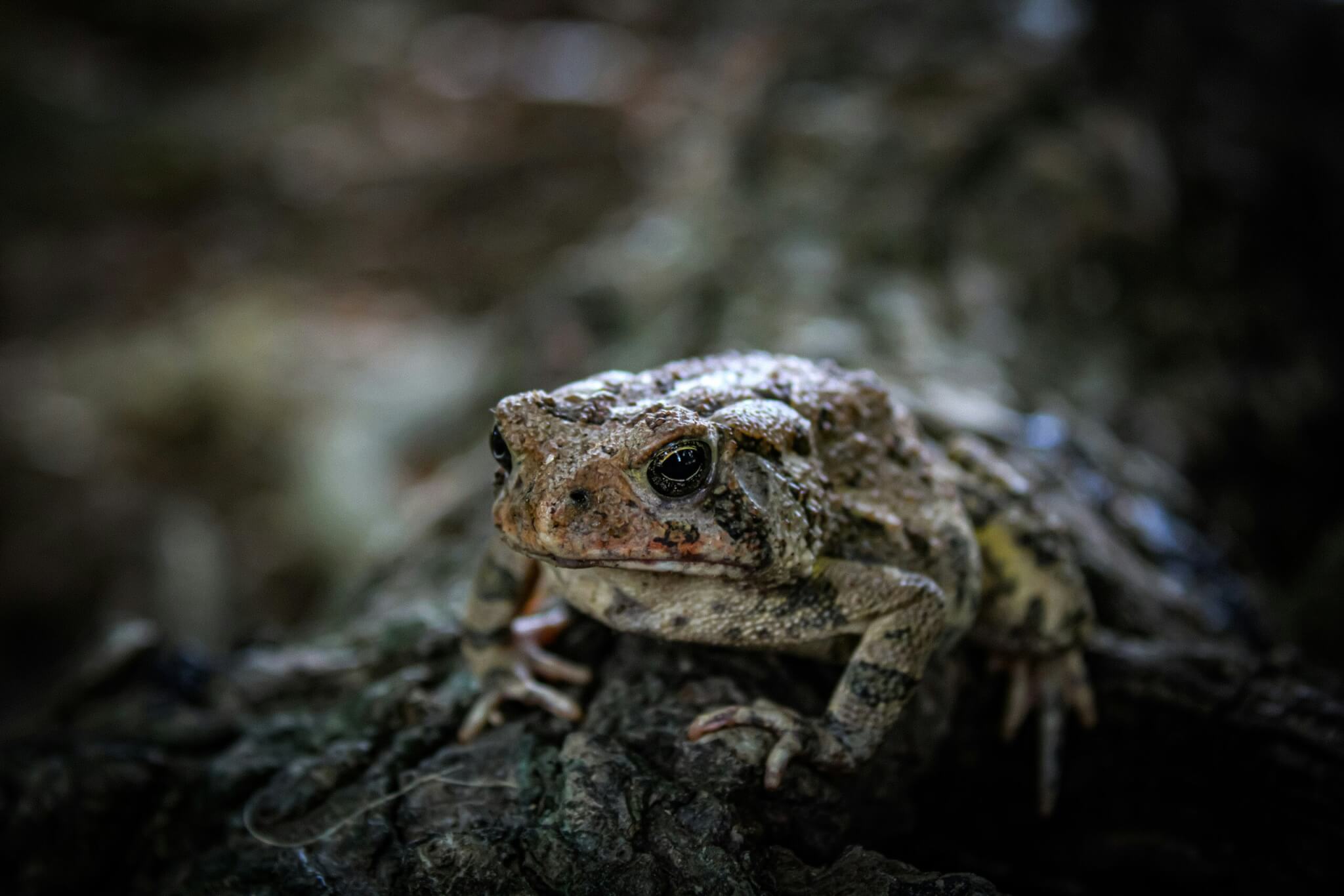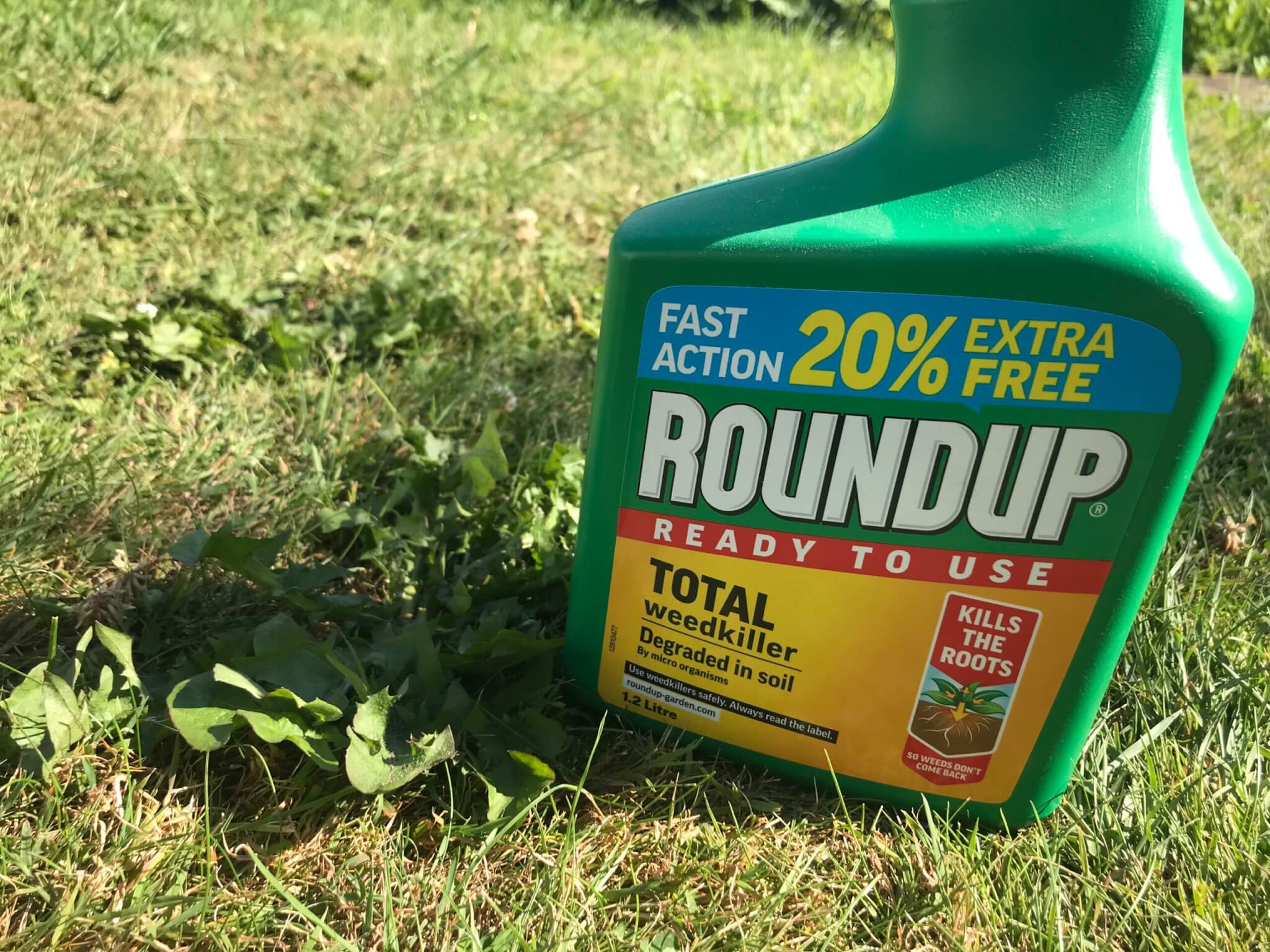In one of our north-west facing fields, sunset shadows occasionally reveal the haphazard ridge and furrow lines left from when I made a mess of ploughing it as a teenager. Laying out straight, parallel ‘lands’ (sections) for ploughing and cultivating a field have been a mark of a horseman’s and then a tractor driver’s skill for centuries; since the results are plain for all to see, they are also the source of great pride and occasional shame. Teaching a novice to drive straight, especially at 500 metres/hour (the speed of a lettuce planter) is not easy; the more nervous they are the worse it gets, resulting in ever more reactive wiggles which must be followed, and are usually amplified, on subsequent passes. The secret is a relaxed but unerring fixation on a distant tree or landmark.
Why does it matter? It’s not just pride; a bad tractor driver can waste 10% of the field and add substantially to costs. I always reckoned I was pretty good at it but I’m easily surpassed by our drivers Alex, Dave and Marius. Now that particular skill may soon be redundant as we buy tractors fitted with GPS and software to control their movement to within 20-150mm. I can’t help lamenting another skill becoming obsolete but, freed of the need to steer, a driver can devote more attention to ensuring the machine on the back operates perfectly.
An additional advantage to such accuracy is that all the soil compaction is kept in the same track lines, so crops can be planted on land that has never been driven over; the equivalent of farm scale raised beds. More excitingly, and though it will take a lot of planning, GPS brings the possibility of moving away from monocultures without going back to hand labour. Mixing different crops allows us to mimic nature to an extent, thus reducing pest pressure. Wouldn’t it be great if we could use mechanisation and technology to facilitate flexibility and complexity in farming, rather than everything agricultural just getting bigger, simpler and dumber? We might even occasionally programme our tractors to make graceful parallel curves to hug and complement our hills.












0 Comments